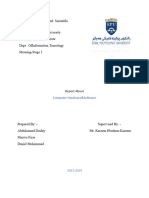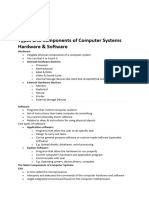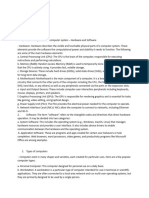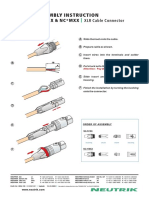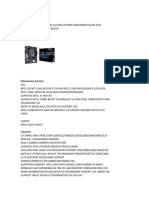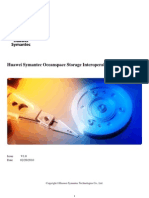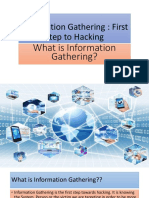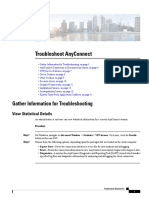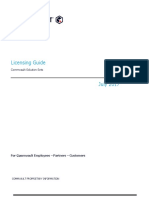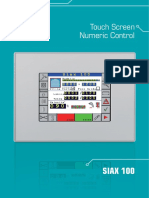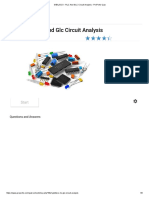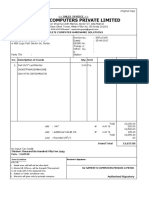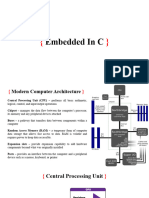0% found this document useful (0 votes)
5 views4 pagesComputer Science Study Material
The document provides an overview of computer science fundamentals, covering hardware and software components, their types, and functions. It details the main components of a computer system, including the CPU, memory, and operating systems, as well as various types of computers and smart devices. Key distinctions between hardware and software are also highlighted, along with examples of operating systems across different platforms.
Uploaded by
ashwathiCopyright
© © All Rights Reserved
We take content rights seriously. If you suspect this is your content, claim it here.
Available Formats
Download as PDF, TXT or read online on Scribd
0% found this document useful (0 votes)
5 views4 pagesComputer Science Study Material
The document provides an overview of computer science fundamentals, covering hardware and software components, their types, and functions. It details the main components of a computer system, including the CPU, memory, and operating systems, as well as various types of computers and smart devices. Key distinctions between hardware and software are also highlighted, along with examples of operating systems across different platforms.
Uploaded by
ashwathiCopyright
© © All Rights Reserved
We take content rights seriously. If you suspect this is your content, claim it here.
Available Formats
Download as PDF, TXT or read online on Scribd
/ 4


